Test bank for Pathophysiology 6th Edition Banasik
Chapter 06: Genetic and Developmental Disorders
Banasik: Pathophysiology, 6th Edition
MULTIPLE CHOICE
1. Characteristics of X-linked (sex-linked) recessive disorders include
a. all daughters of affected fathers being carriers.
b. boys’ and girls’ being equally affected.
c. the son of a carrier female has a 25% chance of being affected.
d. affected fathers’ transmitting the gene to all their sons.
ANS: A
All daughters of affected fathers are carriers. X-linked (sex-linked) disorders affect
primarily males. A carrier female has a 1 in 2 chance of producing an affected son. Affected
fathers transmit the defective gene to none of their sons but to all their daughters.
2. A fetus is most vulnerable to environmental teratogens during
a. birth.
b. conception.
c. the first trimester.
d. the last trimester.
ANS: C
Between the third and ninth week of gestation, the embryo is very vulnerable to
teratogenesis, with the fourth and fifth weeks being the time of peak susceptibility. By birth,
fetal development is complete and not vulnerable to environmental teratogens. Prior to the
third week of gestation, either exposure to a teratogen generally damages so few cells that
the embryo develops normally, or spontaneous abortion occurs because of major cell
damage. Fetal insults occurring after the third month are more likely to result in growth
retardation or injury to normally formed organs.
3. Results of biochemical tests indicate an infant has phenylketonuria (PKU). The parents ask
what PKU means. Correct responses would include all the following except PKU
a. is an enzyme deficiency resulting in the inability to metabolize phenylalanine.
b. is an inborn error of metabolism.
c. results from a chromosome abnormality called nondisjunction.
d. is transmitted as an autosomal-recessive disorder.
ANS: C
PKU is not a chromosome abnormality, but instead a single-gene abnormality often referred
to as inborn errors of metabolism. The other answer choices are true statements regarding
PKU.
4. The parents of a child with PKU are concerned about the risk of transmitting the disorder in
future pregnancies. The correct assessment of the risk is
a. Each child has a 25% chance of being a carrier.
b. each child has a 25% chance of being affected.
c. since one child is already affected, the next three children will be unaffected.
d. one cannot predict the risk for future pregnancies.
Pathophysiology 6th Edition Banasik Test Bank
ANS: B
As an autosomal-recessive disorder, the mating of two carriers (heterozygous) results in a 1
in 4 chance of producing an affected offspring and a 2 in 4 chance of producing an offspring
who carries the disease. The mating of two carriers (heterozygous) results in a 2 in 4 chance
of producing an offspring who carries the disease. The mating of two carriers
(heterozygous) results in a 1 in 4 chance of producing an affected offspring and a 2 in 4
chance of producing an offspring who carries the disease. One can predict the risk of future
pregnancies.
5. Information parents should be given about the consequences of PKU includes
a. high dietary phenylalanine may help induce enzyme production.
b. PKU is commonly associated with other congenital anomalies.
c. failure to avoid phenylalanine results in progressive mental retardation.
d. mental retardation is inevitable.
ANS: C
Failure to avoid phenylalanine results in progressive mental retardation. Phenylketonuria
(PKU) results from an inability to metabolize the amino acid phenylalanine because of lack
of the enzyme phenylalanine hydroxylase. Intake of phenylalanine will not help induce
enzyme production. This disorder is not necessarily associated with other congenital
anomalies. Mental retardation can be prevented or lessened with avoidance of
phenylalanine.
6. Children with PKU must avoid phenylalanine in the diet. Phenylalanine is most likely to be
a component of
a. fat.
b. sugar.
c. protein.
d. carbohydrate.
ANS: C
Phenylalanine is an amino acid found in protein. Most fats, sugars, and carbohydrates do not
contain phenylalanine.
7. A point mutation
a. results from the addition or loss of one or more bases.
b. is because of the translocation of a chromosomal segment.
c. always produces significant dysfunction.
d. involves the substitution of a single base pair.
ANS: D
A point mutation involves a single base pair substitution. A point mutation does not result
from the addition or loss of bases, or from translocation of a chromosomal segment, but
rather from a substitution. The inclusion of the abnormal amino acid in the sequence of the
protein as a result of a point mutation may or may not be of clinical significance.
8. Males are more likely than females to be affected by ________ disorders.
a. X-linked
b. autosomal-dominant
c. autosomal-recessive
Pathophysiology 6th Edition Banasik Test Bank
d. chromosomal nondisjunction
ANS: A
Males are more likely than females to be affected by X-linked disorders. Females express
the X-linked disease only in the rare instance in which both X chromosomes carry the
defective gene. Males, however, do not have the safety margin of two X chromosomes and
express the disease if their one and only X chromosome is abnormal. Males and females are
equally affected by autosomal-dominant and autosomal-recessive disorders. Chromosomal
nondisjunction means that paired homologous chromosomes fail to separate normally during
either the first or second meiotic division, resulting in germ cells that have an abnormal
number of chromosomes. This can occur in both males and females equally.
9. The primary factor associated with the risk of Down syndrome is
a. family history of heritable diseases.
b. exposure to TORCH syndrome organisms.
c. maternal alcohol intake.
d. maternal age.
ANS: D
Advanced maternal age is associated with Down syndrome in the most common form of the
disease. A family history of heritable disease is not the primary factor and occurs in only 4%
of cases. Exposure to TORCH syndrome organisms is not a risk factor for Down syndrome.
Maternal alcohol intake is not a risk factor for Down syndrome.
10. Cystic fibrosis is a single-gene disorder that primarily affects
a. brain and heart.
b. kidney and adrenals.
c. lungs and pancreas.
d. liver and intestine.
ANS: C
The alteration in chloride transport associated with cystic fibrosis is associated with
production of abnormally thick secretions in glandular tissues. The lung bronchioles and
pancreatic ducts are primarily affected, often resulting in progressive destruction of these
organs. The brain, heart, kidneys, and liver are not the primary organs affected by cystic
fibrosis.

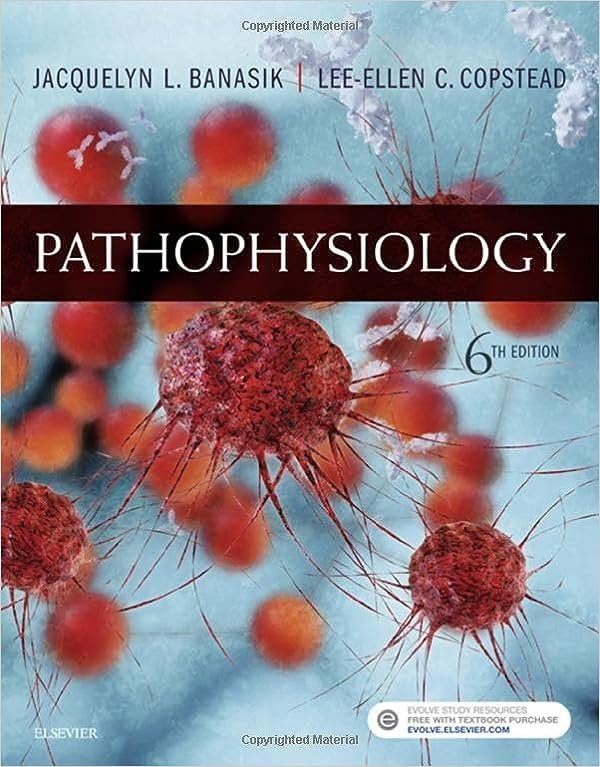


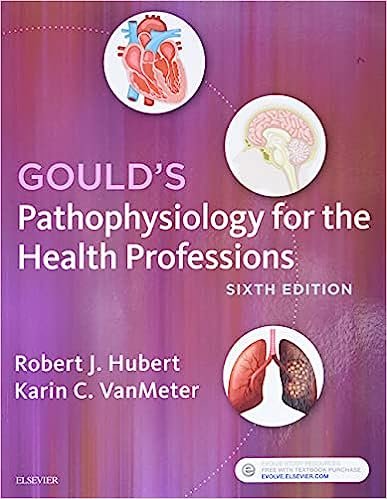

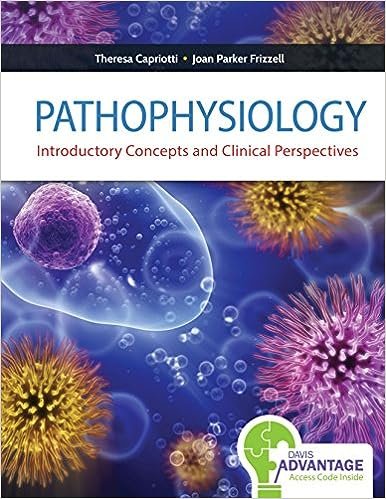
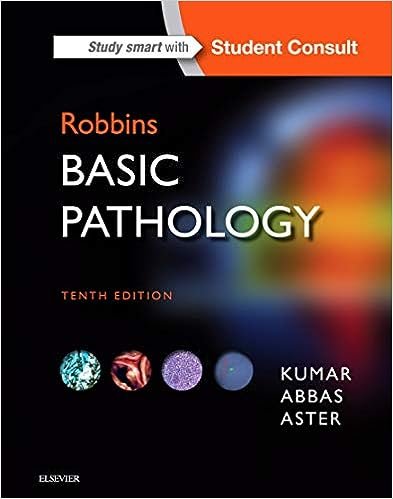

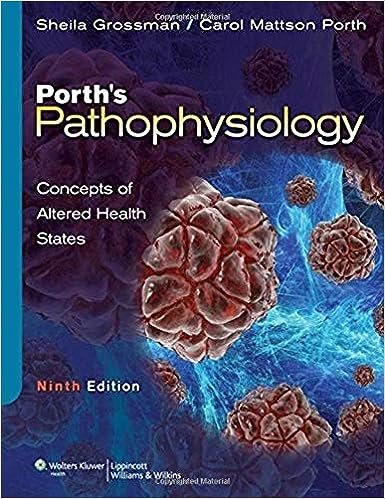
Reviews
There are no reviews yet.